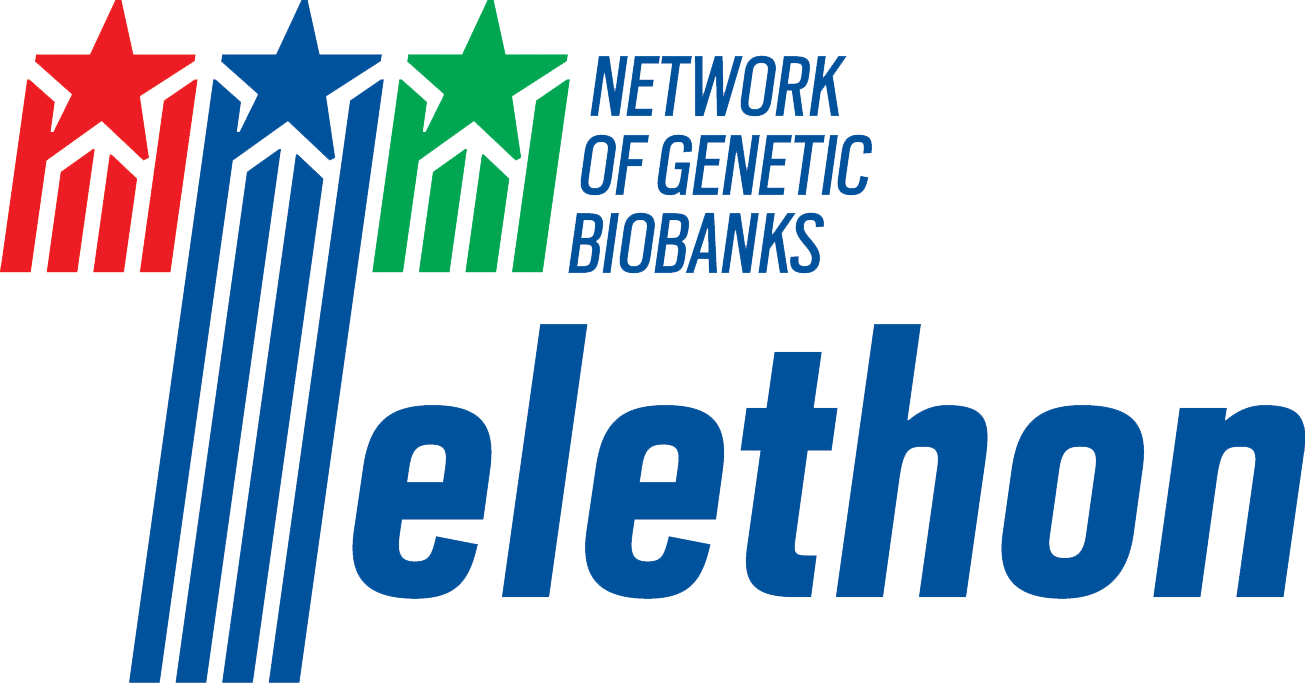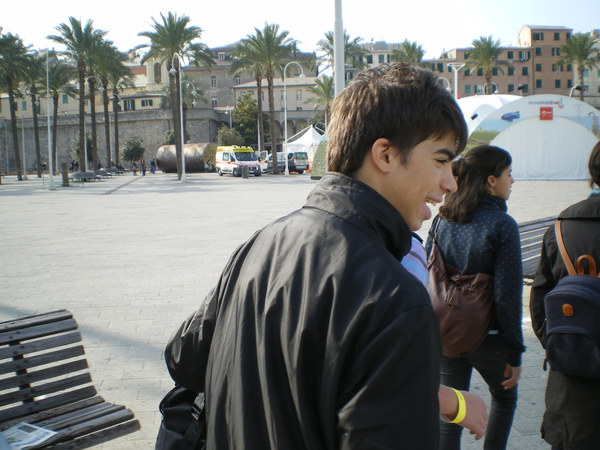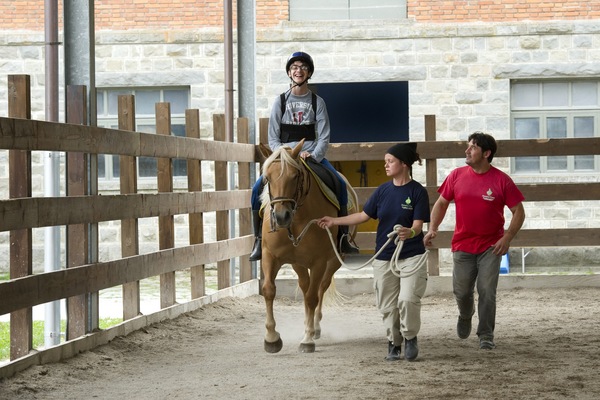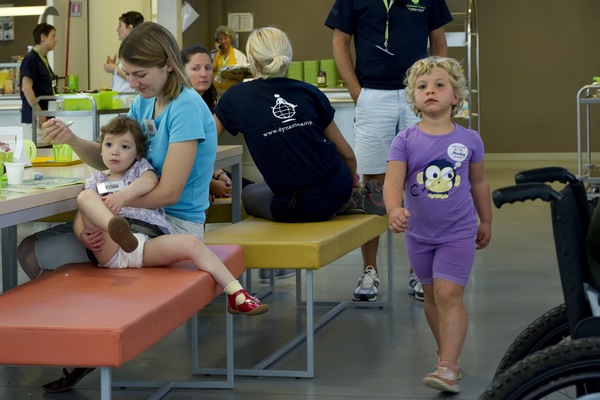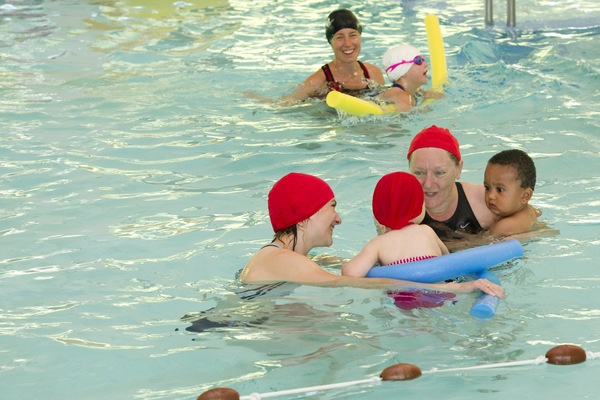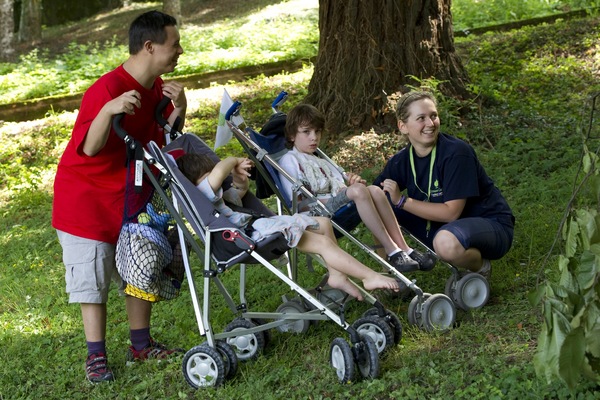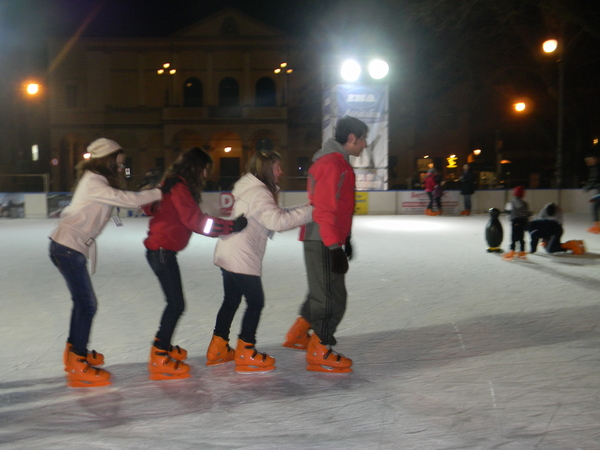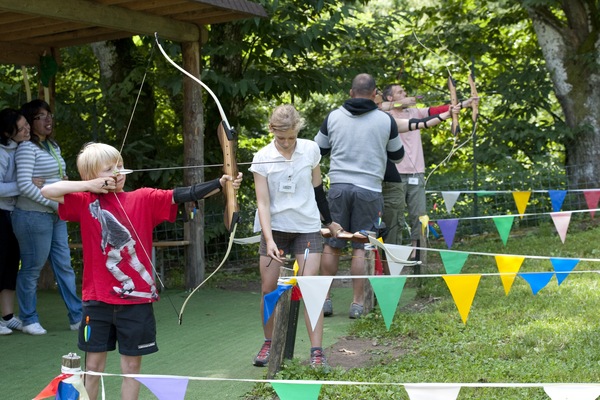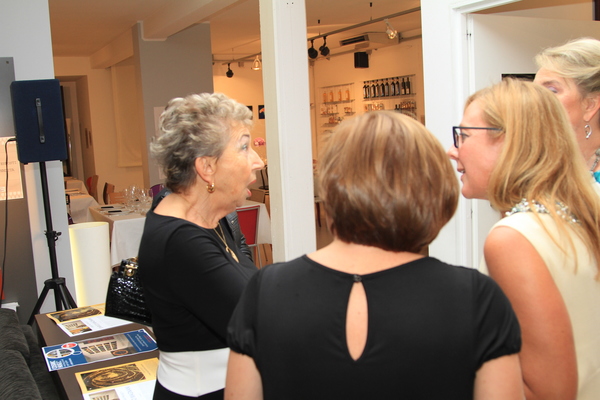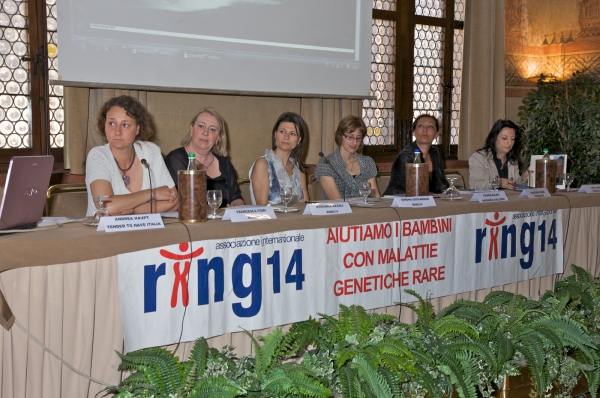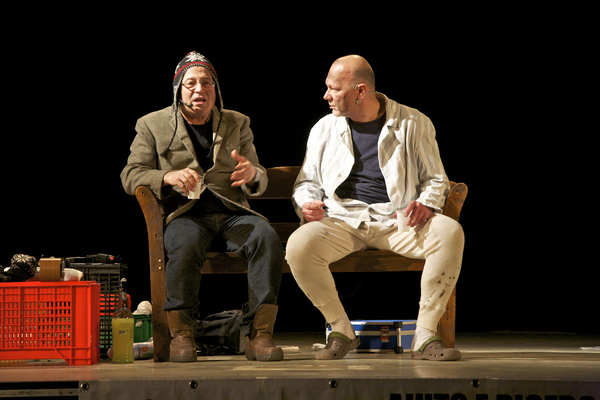SCIENTIFIC PRODUCTIVITY - 2020
Scientific research allows for highly relevant results in terms of breakthroughs and opportunities in the
biomedical field. We hope that these developments will soon lead to therapeutic advances for children
suffering from a rare disease like Ring14 syndrome. However, all this requires medium to long term
planning which, in the meanwhile, should also provide "intermediate outcomes" from scientific
publications, presentations at scientific conferences to awarding of funds from government and private
agencies to further research efforts. These results constitute the so called "scientific productivity" of a
researcher, which for Ring14 International, as well as for any other organization that deals with financing
and promotion of scientific research, represents an important element in order to constantly monitor the
impact of the utilized efforts and resources.
Scientific production can be evaluated using very precise bibliometric indices (Carpenter CR, Acad Emerg
Med, 2014), and although the limited number of years that Ring14 International has been supporting
research programs does not allow us to make a thorough analysis, we can, however, already derive some
indicative values from the research we have promoted.
To date, we have published 15 scientific articles (plus 3 to be published in 2018) through Ring14 funding to
research centers or through our direct cooperation in facilitating research projects, such as the creation of
the Clinical database or " biobank” project [Figure 1]. It is important to note that since 2009 at least one
article per year has been published with funds provided by Ring14 International [Figure 2, histogram in
red].
At the end of 2017, these published articles have received 116 citations (33 new cites received in 2017)
from scientific studies (source: Google Scholar) with an average of 9.7 per article (considering articles
published until 2016). In Figure 1 you can see the incremental value of the citations obtained year after
year [Figure 2, blue line]. Therefore, the published results obtained by researchers funded by Ring14
International have been helpful in achieving new scientific discoveries and advancing research on
syndromes of Chromosome 14.
If we analyze the research areas of greatest interest, we can see that about half of the articles (53%) have
been published in journals that fall into the categories of "Genetics"; other articles have been published in
disciplines that deal with "Studies on language", "Neurology", "Pediatrics" and "Biology" [Figure 3].
Evaluating the most commonly used in the field of bibliometric indices, the journals that have published
articles promoted by Ring14 International have an h-index average of 71.8 (it was 63.6 last year, source:
SCImago) attesting a significant increment of the quality level of research published with the support of
Ring14 International.
During these years the scientific research promoted by Ring14 International has been presented at dozens
of scientific conferences, among which the most important are:
- 8th ECRD (The European Conference on Rare Diseases & Orphan Products): 26-28 May 2016 in Edinburgh
(Scotland)
- 66th ASHG (The American Society of Human Genetics meeting), 18-22 October 2016, Vancouver (Canada)
- David W. Smith 30th Workshop on Malformations and Morphogenesis, 5-9 August 2009, Philadelphia
(USA)
- Narrative Medicine and Rare Diseases Meeting (National Institute of Health), June 26, 2009
- Developmental Neuropsychology Days: 21-24 January 2009, Brixen.
In addition, through collaboration with Ring14, some researchers have been able to obtain additional
financing from very authoritative bodies, including the Telethon foundation (researcher: Zuffardi O.,
University of Pavia) and NIH-USA (researcher: Spinner N., University of Pennsylvania, USA).
Ring14 International – Scientific office Last updated: December 2017
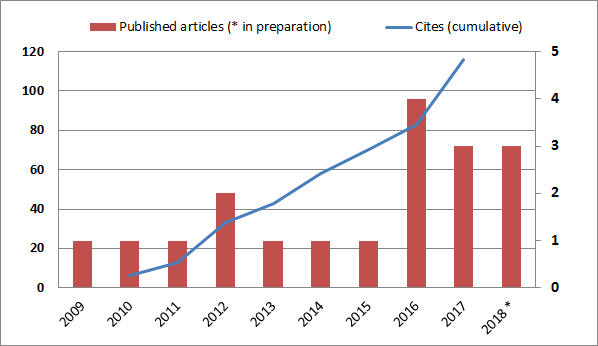
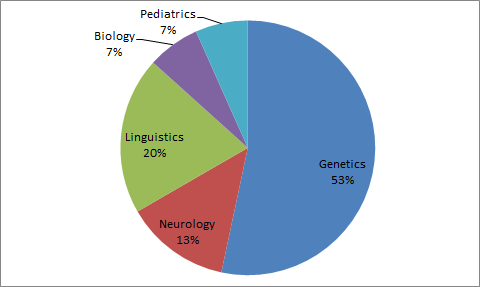
| Year | Journal | Authors | Title | Pubmed ID or DOI |
| 2009 | Am J Med Genet A | Zollino M, Seminara L, Orteschi D, Gobbi G, Giovannini S, Della Giustina E, Frattini D, Scarano A, Neri G. | The ring 14 syndrome: clinical and molecular definition | 19441122 |
| 2010 | Epileptic Disord | Giovannini S, Frattini D, Scarano A, Fusco C, Bertani G, Della Giustina E, Martinelli P, Orteschi D, Zollino M, Neri G, Gobbi G. | Partial epilepsy complicated by convulsive and nonconvulsive episodes of status epilepticus in a patient with ring chromosome 14 syndrome | 20643614 |
| 2011 | Psichiatria dell’Infanzia e dell’Adolescenza | D’Odorico L, Giovannini S, Majorano M, Martinelli P, Zampini L | Linguistic skills in Italian children with chromosome 14 aberrations (Competenze linguistiche in bambini di lingua italiana con aberrazioni del cromosoma 14) | n/a |
| 2012 | Clin Linguist Phon | Zampini L, D'Odorico L, Zanchi P, Zollino M, Neri G. | Linguistic and psychomotor development in children with chromosome 14 deletions | 23057796 |
| 2012 | Eur J Med Genet | Zollino M, Ponzi E, Gobbi G, Neri G. | The ring 14 syndrome | 22564756 |
| 2013 | Epilepsia | Giovannini S, Marangio L, Fusco C, Scarano A, Frattini D, Della Giustina E, Zollino M, Neri G, Gobbi G | Epilepsy in ring 14 syndrome: a clinical and EEG study of 22 patients | 24116895 |
| 2014 | Clin Linguist Phon | Zampini L, Zanchi P, D'Odorico L | Developing with ring 14 syndrome: a survey in different countries | 24779649 |
| 2015 | J Genet Disor Genet Rep | Azzali S, DeWoody Y, Rinaldi B, Crimi M | Ring14 International: Development of a National Based Patient Association towards a "Global" Network Initiative to Fight a Chromosomal Disorder | 10.4172/2327-5790.1000124d> |
| 2016 | Orphanet Journal of Rare Diseases | Baldo C, Casareto L, Renieri A, Merla G, Garavaglia B, Goldwurm S, Pegoraro E, Moggio M, Mora M, Politano L, Sangiorgi L, Mazzotti R, Viotti V, Meloni I, Pellico MT, Barzaghi C, Wang MC, Monaco M, Filocamo M | The alliance between genetic biobanks and patient organisations: the experience of the telethon network of genetic biobanks | 27776540 |
| 2016 | Open Journal of Bioresources | Baldo C, Viotti C, Maioli C, Mogni C, Castagnetta C, Cavani C, Piombo G, Coviello D | Galliera Genetic Bank: A DNA and Cell Line Biobank from Patients Affected by Genetic Diseases | 10.5334/ojb.15 |
| 2016 | Am J Med Genet C Semin Med Genet. | Plona K, Kim T, Halloran K, Wynshaw-Boris A. | Chromosome therapy: Potential strategies for the correction of severe chromosome aberrations | 27813255 |
| 2016 | Chromosoma | Kim T, Plona K, Wynshaw-Boris A | A novel system for correcting large-scale chromosomal aberrations: ring chromosome correction via reprogramming into induced pluripotent stem cell (iPSC) | 27882407 |
| 2017 | Eur J Pediatr | Zampini L, Zampi P, Rinaldi P, Novara F, Zuffardi O | Developmental trends of communicative skills in children with chromosome 14 aberrations | 28124115 |
| 2017 | Journal of Investigative Genomics | Crimi M, Caffù L | eHealth Support for Genetic Diseases: The Example of Telemedicine | 10.15406/jig.2017.04.00062 |
| 2017 | Orphanet Journal of Rare Diseases | Rinaldi B, Vaisfeld A, Amarri S, Baldo C, Gobbi G, Magini P, Melli E, Neri G, Novara F, Pippucci T, Rizzi R, Soresina A, Zampini L, Zuffardi O, Crimi M | Guideline recommendations for diagnosis and clinical management of Ring14 syndrome – first report of an ad hoc task force | 28399932 |
| 2019 | Journal of Intellectual and Developmental Disability. | Zampini L, Zanchi P | Mother-child dyadic co-regulation in children with intellectual disability: a comparison among dyads with chromosome 14 aberrations, Down syndrome, typical development | 10.3109/13668250.2019.1577641 |
| 2020 | Epilepsia | Vaisfeld A, Spartano S, Gobbi G, Vezzani A, Neri G | Chromosome 14 deletions, rings, and epilepsy genes: A riddle wrapped in a mystery inside an enigma | 33205446 |







